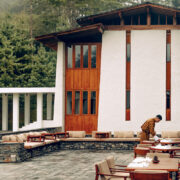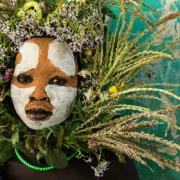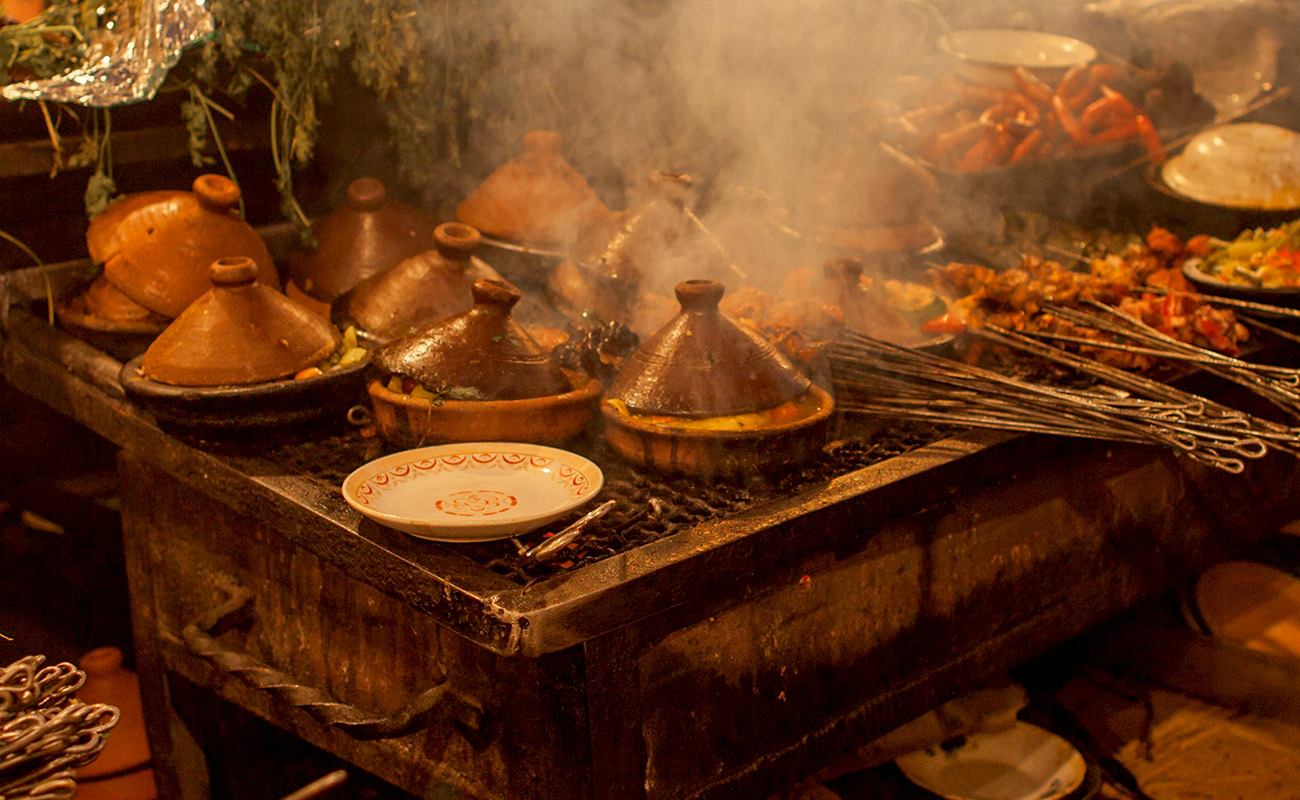
Must Try Moroccan Food
Few places in the world pique the interest of foodies like Morocco. It’s the home of the vibrant tagine and a dizzying array of exotic spices and seasonings. Moroccan cuisine is synonymous with flavour. It’s a sensory assault in the best way possible.
Morocco requires little introduction in terms of tourism. It is consistently one of the most visited countries in Africa year after year. Morocco has many reasons to visit, but one of the best has to be the food.
Tagine
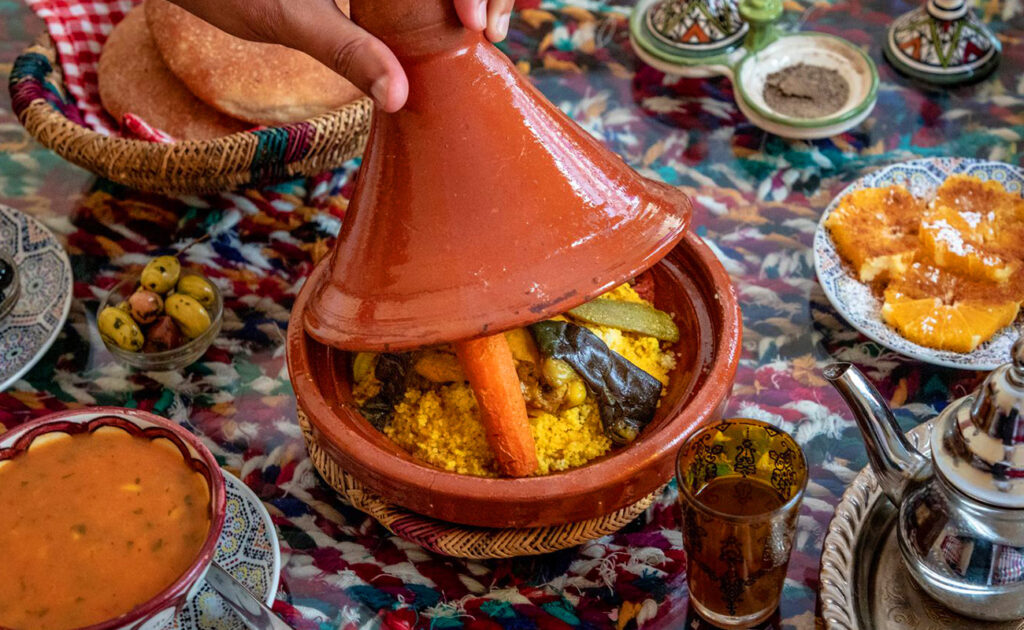
Tagines have a clay cover that distributes heat from the top to the entire pot. This ensures a healthy and slow cooking process that can last a long time until all of the ingredients are absorbed with flavour-loaded steam. It softens and the bone naturally separates from the meat, making it a real pleasure to eat, especially if some lemon is added for a special flavour.
Couscous
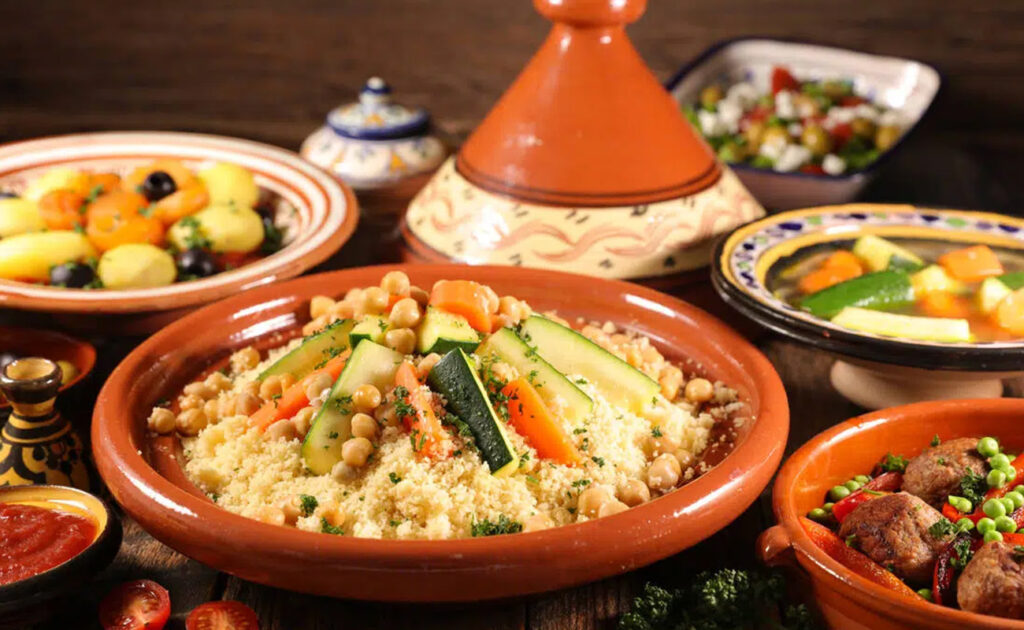
Couscous is a small grain made from wheat or corn flour that is eaten with spoons or by hand. According to taste and occasion, it is cooked with steam and added to meat, vegetables, green pulverised beans, milk, butter, and fine sugar. Couscous is prepared with ‘halal’ meat, turnip, eggplant, and red pumpkin in Morocco, and is thus served with broth, whereas couscous with milk, known as ‘Saikok,’ is served without broth or vegetables.
Tanjia
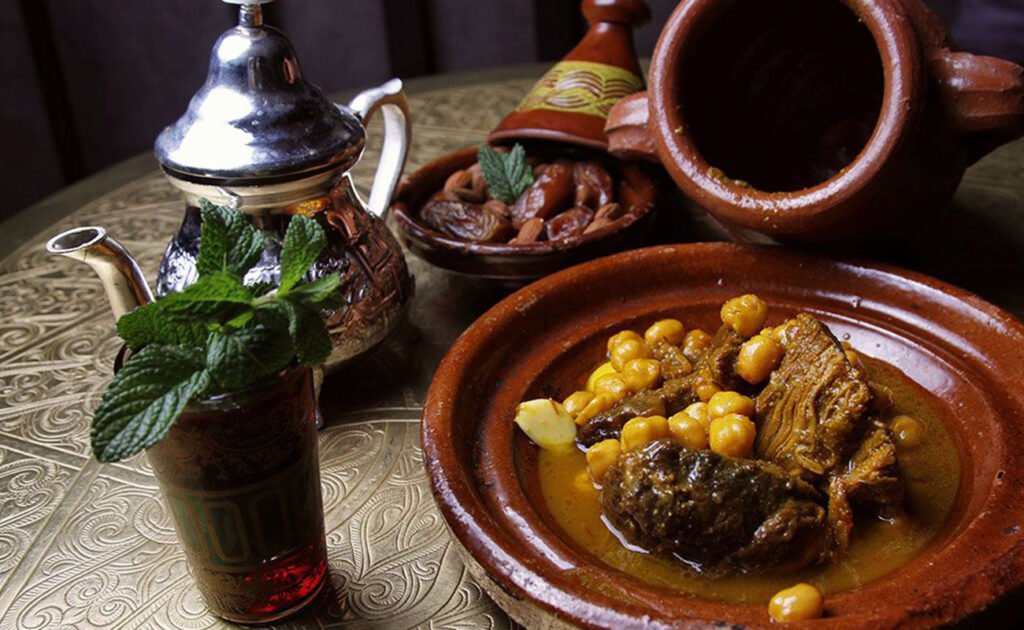
Tanjia has a distinct flavour and flavour. It is prepared in Marrakech’s traditional ‘Farran’ (Bakery). Those traditional bakeries can get crowded at times, especially during religious feasts. It is a man’s speciality because it is their ‘sacred’ companion on their adventures. Men especially enjoy it in gardens and orchards during Ramadan and spring holidays. Tanjia is rarely prepared by women.
Trotters
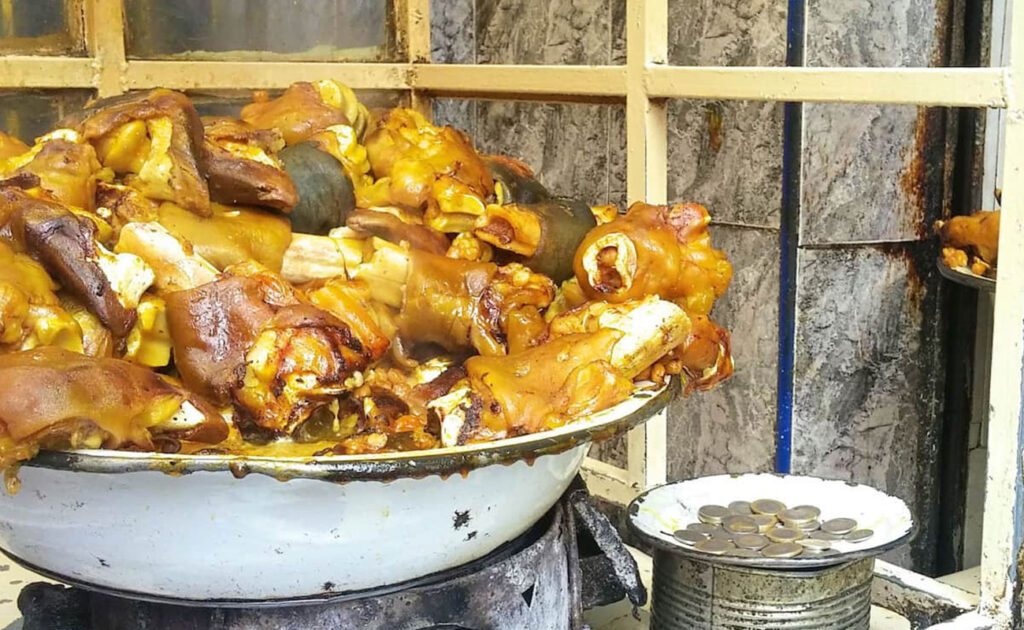
Trotters are lamb and cow’s feet cooked with hot spices and hummus. Its broth tastes of garlic and vinegar, and it is rich in fats, protein, and vitamins. It is advised to eat it once or twice a month, as its composition -mainly of a high number of calories and a large amount of fats- makes the body invest a lot of energy in its digestion process.
Pastela
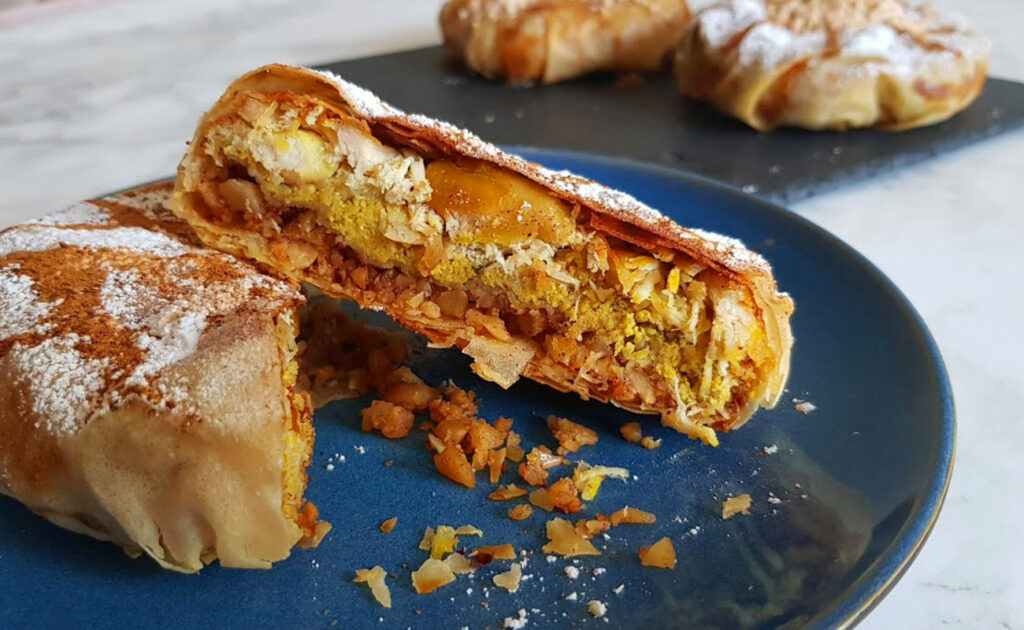
As soon as you mention it, the Moroccan Kingdom is the first thing to strike your mind, and specifically the city of Fez. This ancient and imperial city; known for its Bazaars and narrow streets; is the home to many traditional Moroccan dishes. Pastela is one of the most luxurious Moroccan dishes.
Rfisa
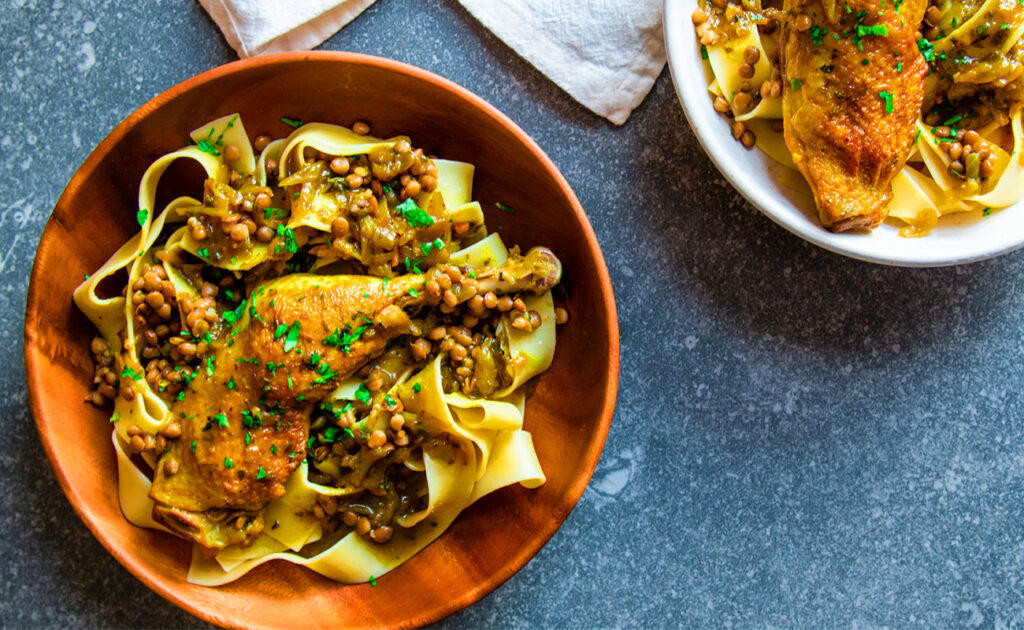
It is a family dish par excellence, as it is prepared at family reunions and religious occasions, or what is termed in Morocco as “Zarda”. This dish is prepared mostly on the occasions of childbirth, as it is prepared for women who just gave birth because it contains healthy, beneficial, and milk-producing ingredients such as fenugreek, lentils and special spices called “Msakhan ”.
Khliaa
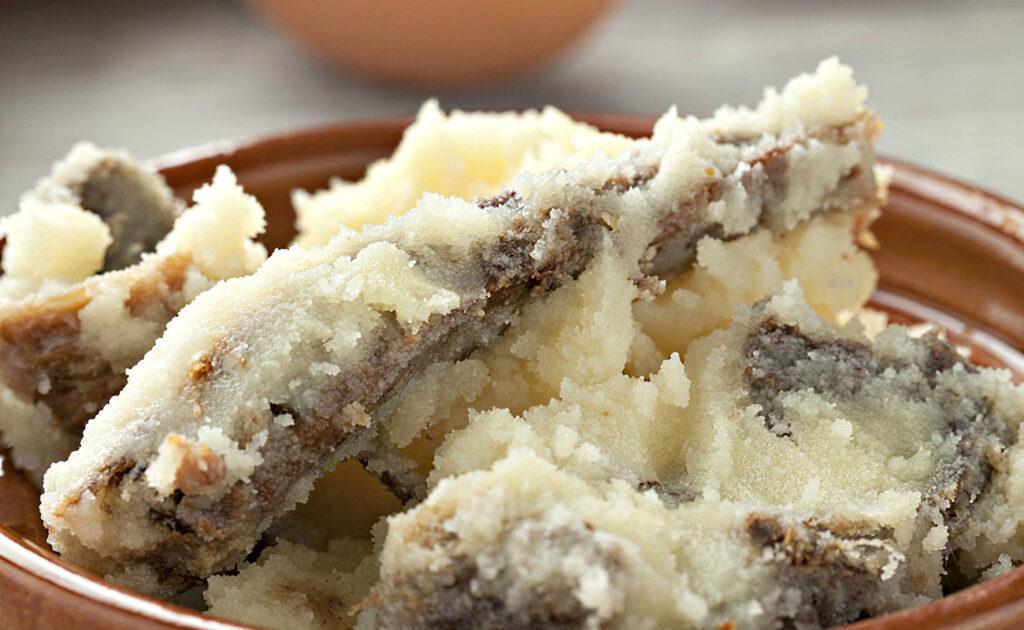
Moroccan Khliaa is considered one of the common traditional dishes found in the Maghreb. It is prepared for the celebration of January or the days of Eid al-Adha.
This dish consists of drying well-salted meat in the sunlight for several days. After that, other ingredients are added. The meat is conserved in bottles of glass for a month. Afterwards, it is used with several traditional dishes, eaten as it is, or used to prepare omelet. It is one of the very famous recipes/ingredients especially in the Moroccan city of Fez and its surroundings, and in the city of Marrakech.
Wanderprime offers luxury private tours and join-in tours to Morocco. With Wanderprime, your safety and comfort come first. Personalise your travel plan and travel easier with us. Find out about our join-in dates or plan your private getaway. Contact us now and visit Morocco with Wanderprime.

